Let’s lead with the kestrel, just because this was a neat surprise for me. Kestrels aren’t as common around here as they used to be, so when I walked outside Friday and heard a kestrel’s unmistakable cry, I did a U-turn to grab the camcorder. Luckily, the mouthy little darlin’ stayed put until I could locate her, and then, to my surprise, I heard another kestrel answering her call across the field. She flew across the field to what I presume was her mate—he looked male from my angle—and they sat a few feet apart on the power line for several minutes before flying off. Tried for video of that, too, but they were a bit too far away for it to be useful.
I love it when I see or hear wildlife that doesn’t need my help!
Unfortunately, I can’t help this poor first-year turkey vulture, who will never fly again. An out-of-town cell tower inspector found him at his inspection site in Toombs County and was informed by people who lived nearby that he’d been down for a couple of weeks. His left wing is broken, badly enough that he’s been standing and pooping on it, although it’s not an open fracture. What really infuriates me is that had the people who lived near the site called me earlier, we might have been able to save this vulture. As it is, because birds’ bones begin to set within 48 hours of a fracture, he’s well and truly screwed.
Folks, aside from the above-mentioned illegality of such an action, let me address the quality of life issues here. Rehabbers don’t make the decision to euthanize lightly. Yes, we’re experienced enough that we can often, upon initial exam, determine whether an intake is savable or not, so it may seem to the uninitiated that we casually toss off, “He’ll need euthanasia.”
But there’s nothing casual about that assessment. We’ve looked at the extent of the injury, the estimated length of time the bird’s been down, its general condition, its chances for release, and the possibility of placing it in an educational facility—and we’ve probably done all that while we had you filling out an intake form. In addition, we’ve taken into account the quality of life the bird (or other wildlife) would have in captivity. See, it’s not all about quantity of life; it’s about quality.
Case in point: this turkey vulture. Yeah, I could keep him alive. I could apply for and probably be granted an educational permit and use him to do programs in schools and such. But this is an adult bird. You see in the photos how he reacts to human presence. What quality of life is there in living in a cage, unable to ever fly again, and being dragged from one group of chattering school children to another, shooting his stress levels through the roof?
Euthanasia means “good death.” There are those who would argue there’s no such thing. No wildlife rehabber I know would agree. Euthanasia is a release, a humane end to pain and suffering we can’t fix. It’s better than the animal starving to death or being stung to death by fire ants or eaten alive by maggots. And in many cases, it’s kinder than a life of captivity. We don’t make the decision lightly, but we do take the action that’s in the wildlife’s best interest.
Okay, off the soapbox and on to some unbelievable cuteness. You’re getting four video clips of the flyers this week—how lucky can ya get? Mere words can’t do justice to the adorable little rascals, so…on to the videos!
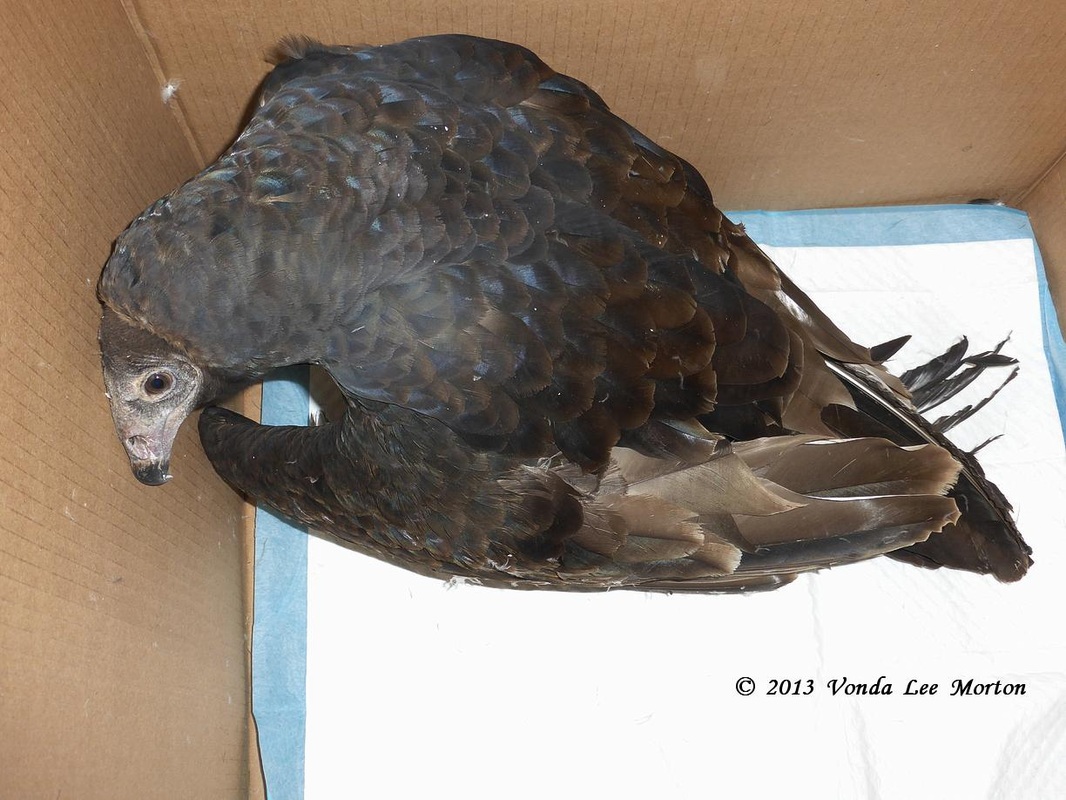
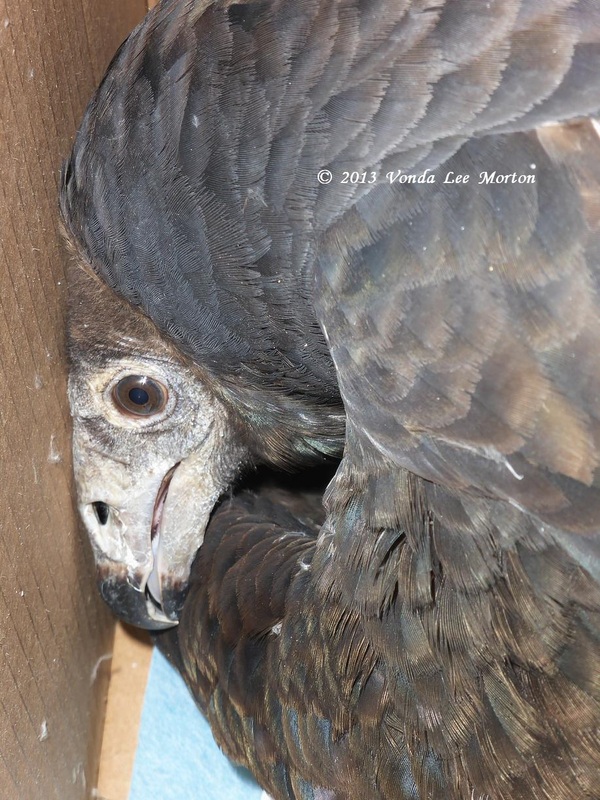
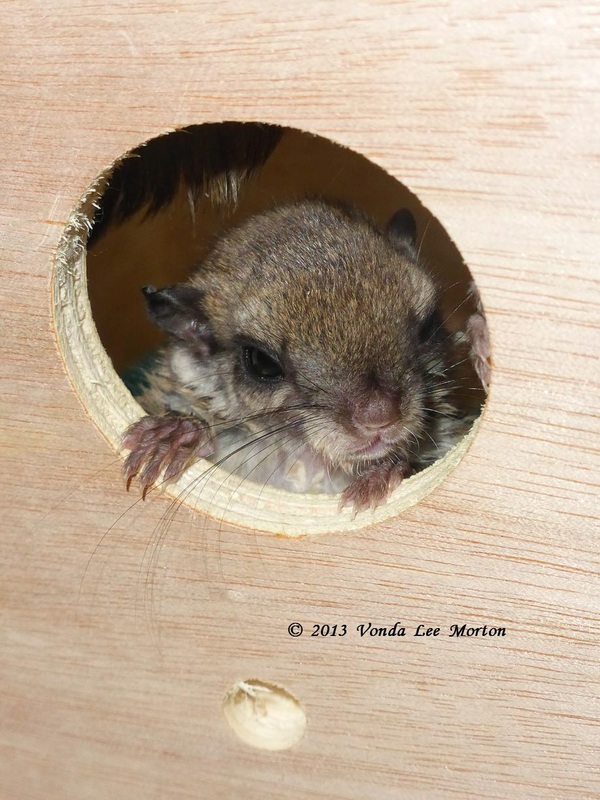
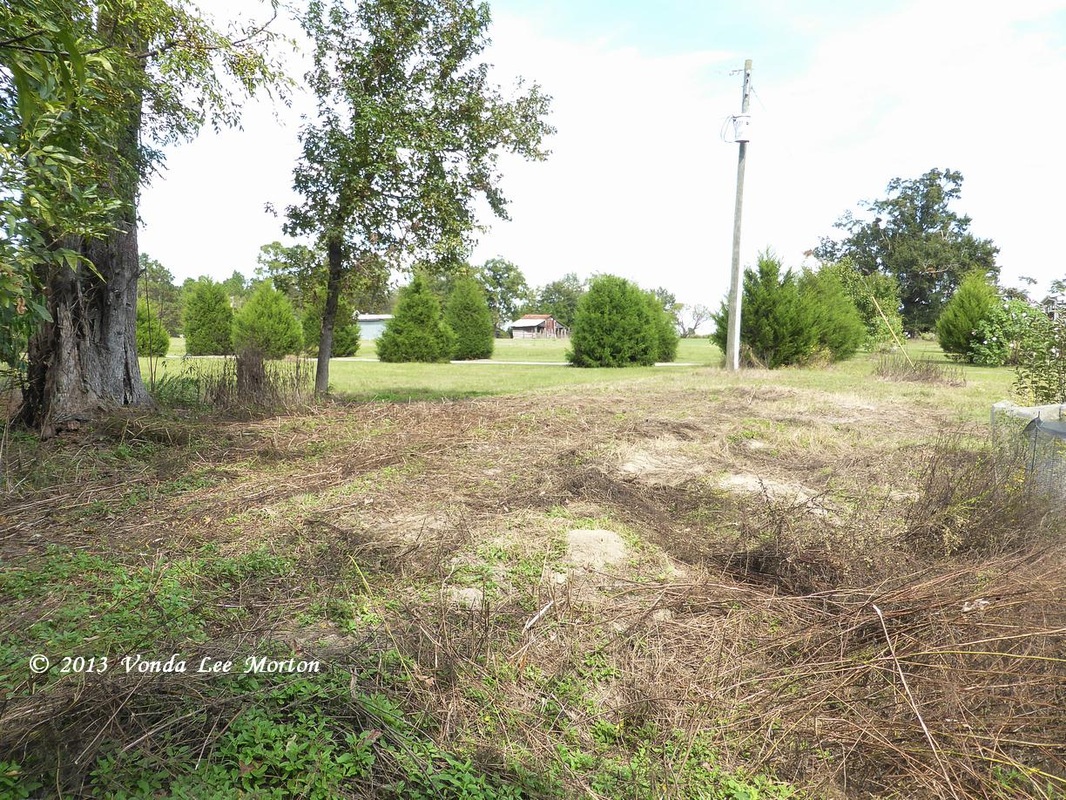
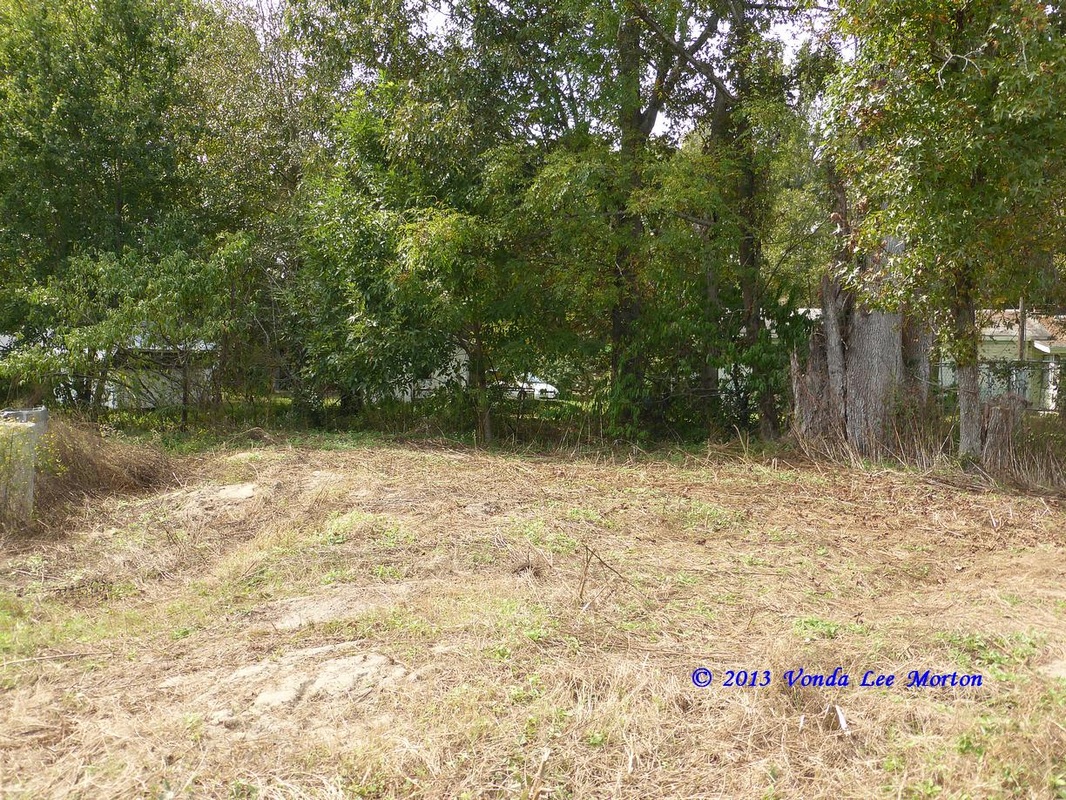
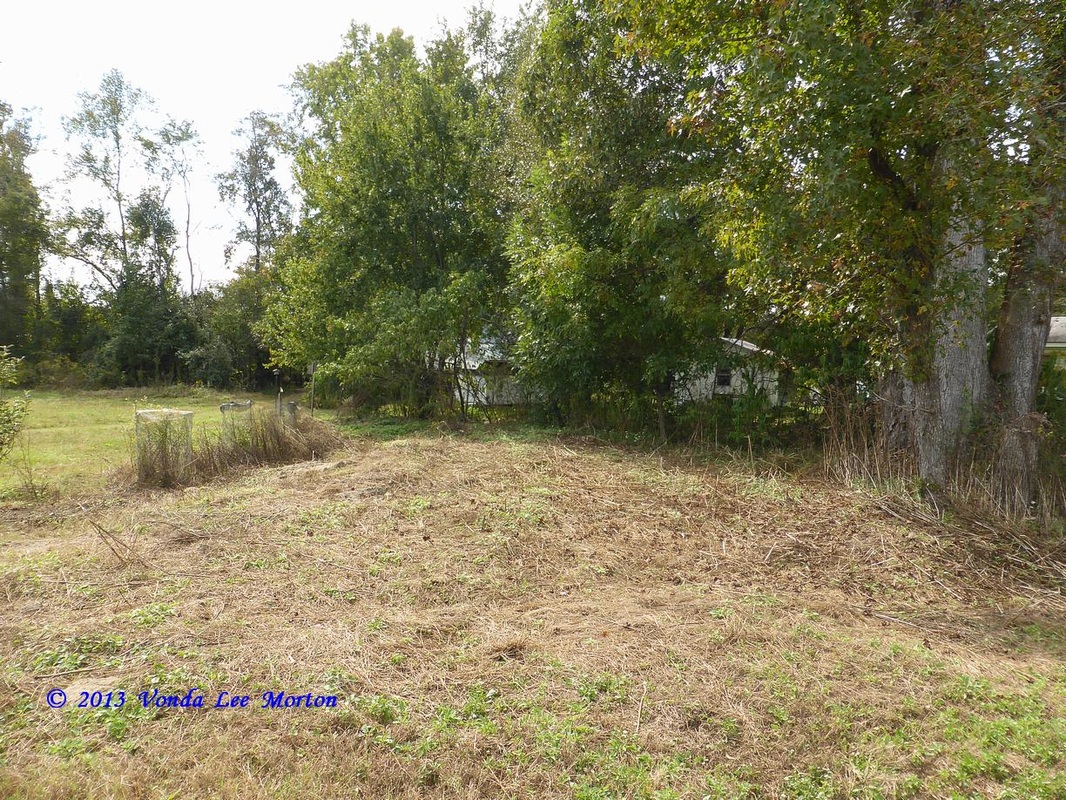
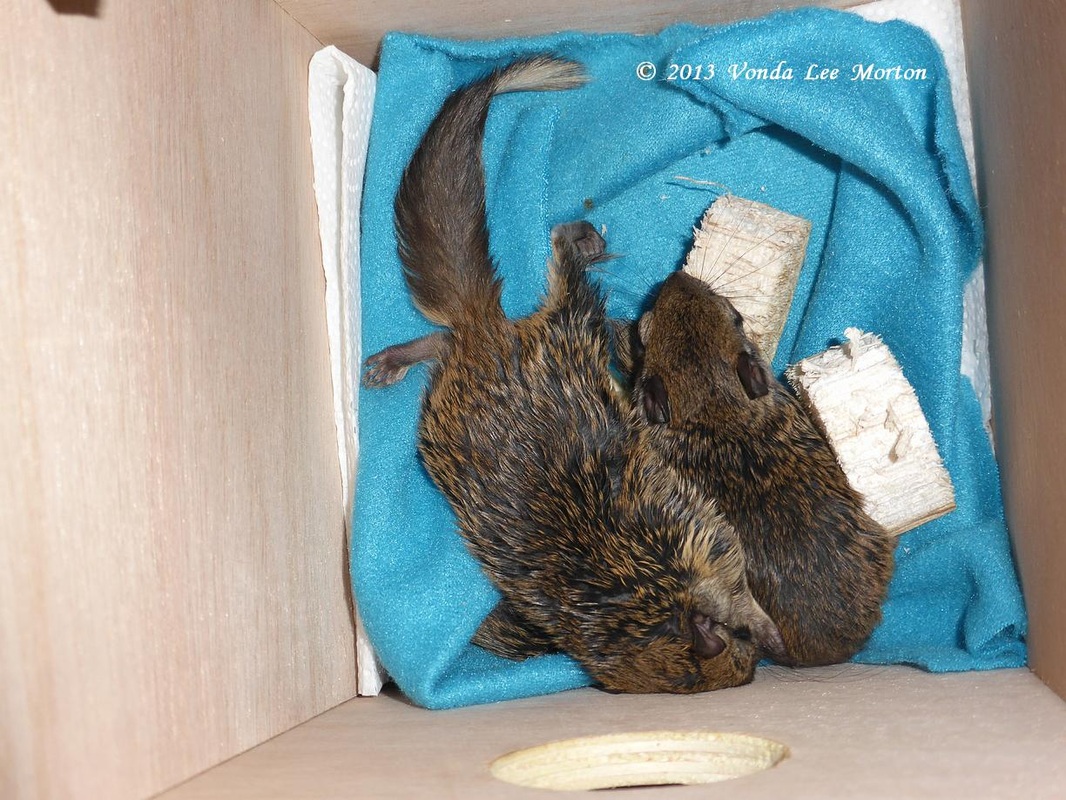
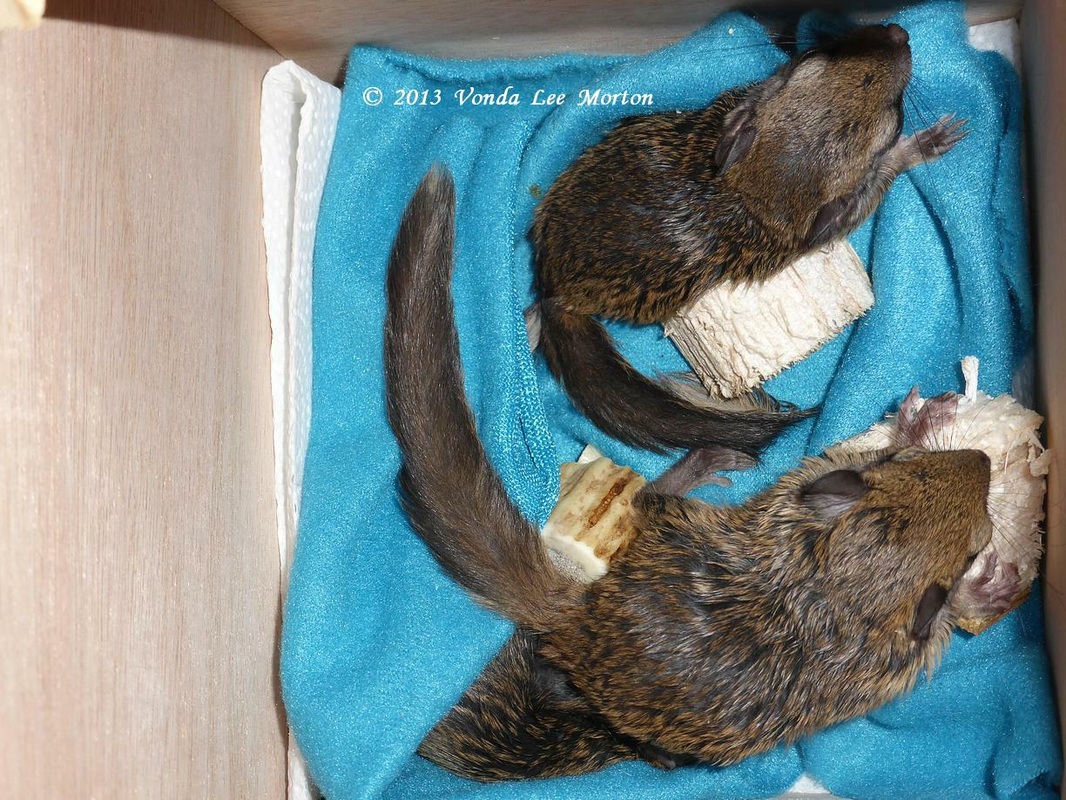
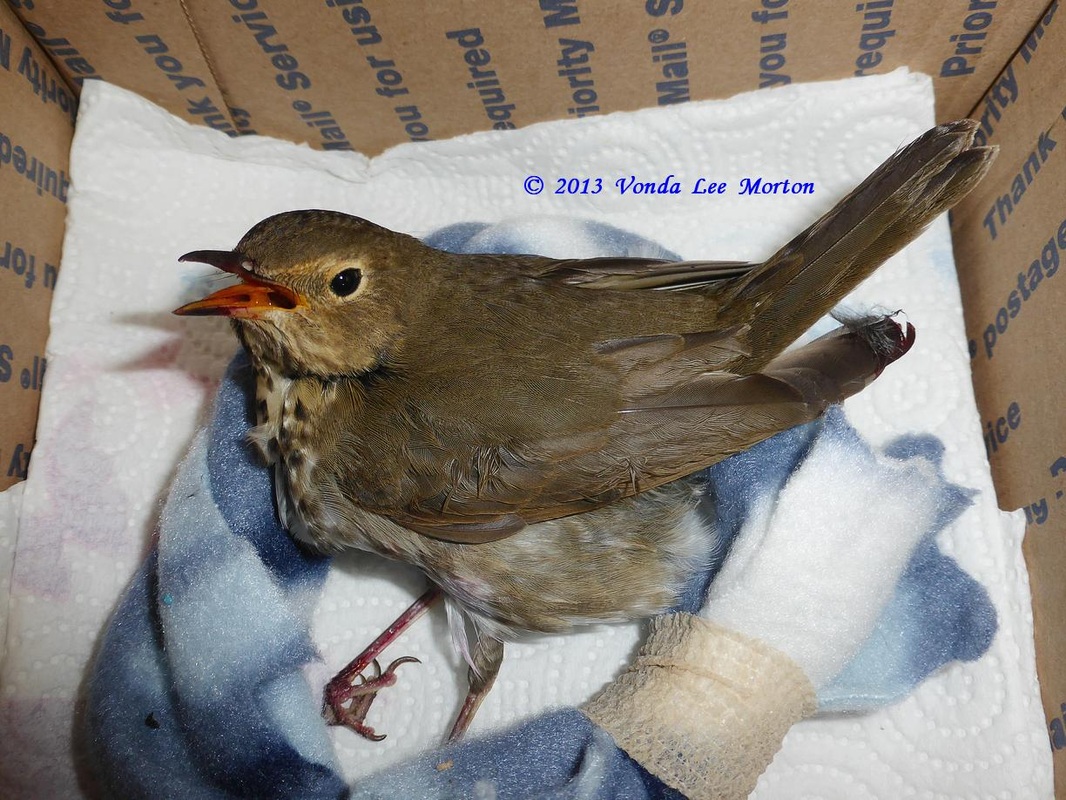
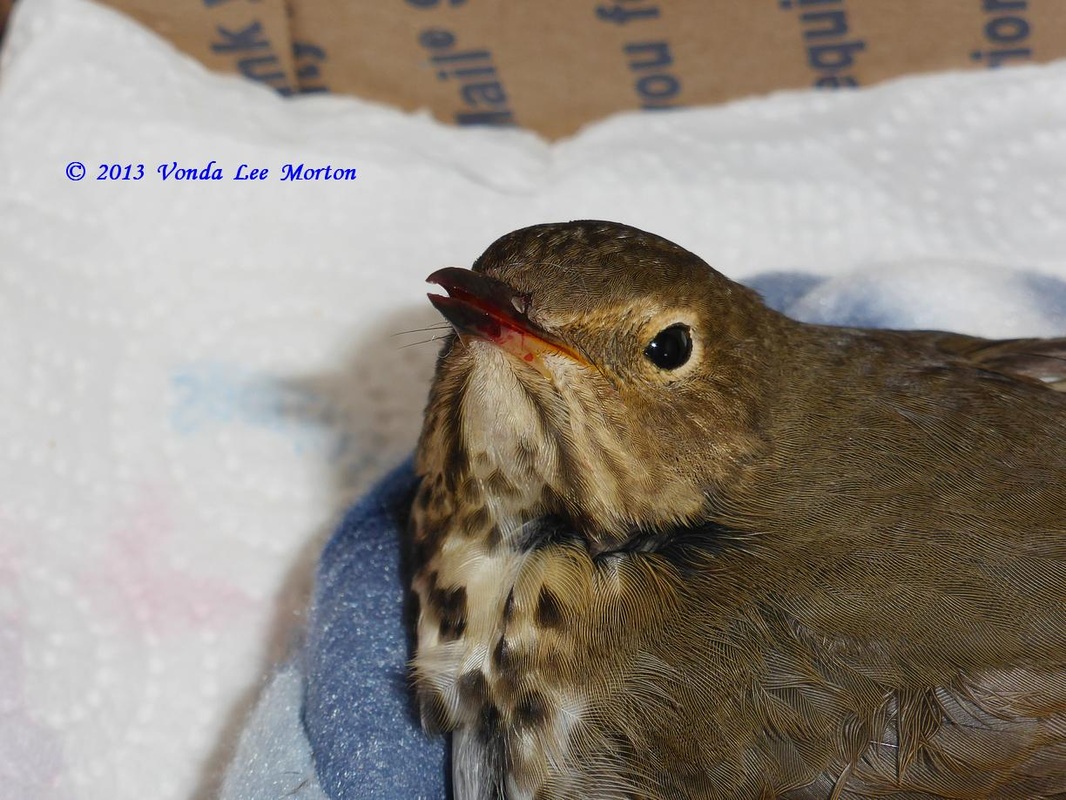
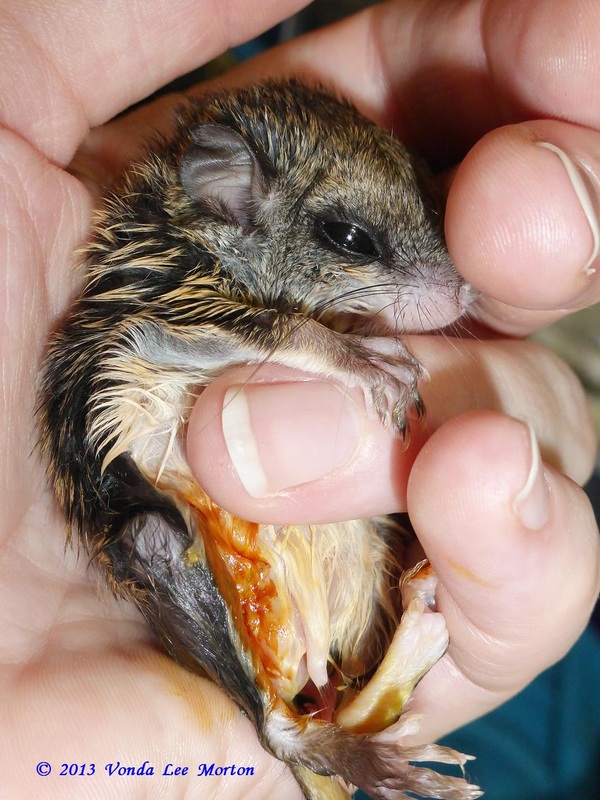
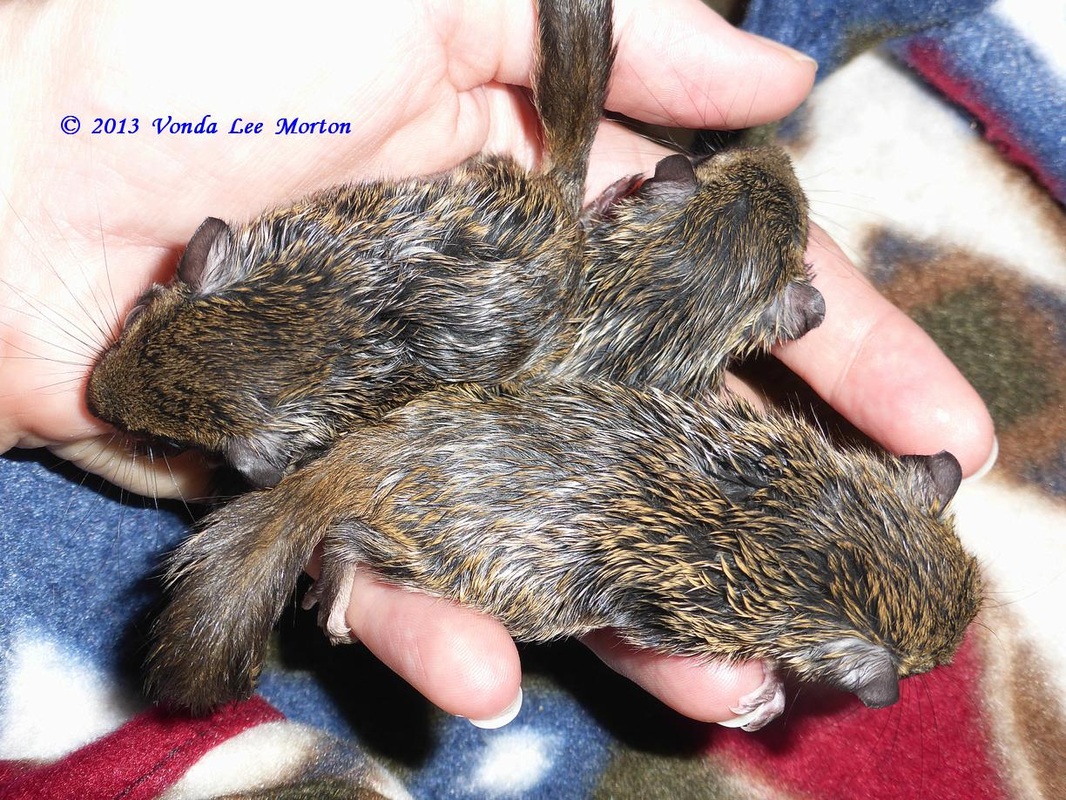
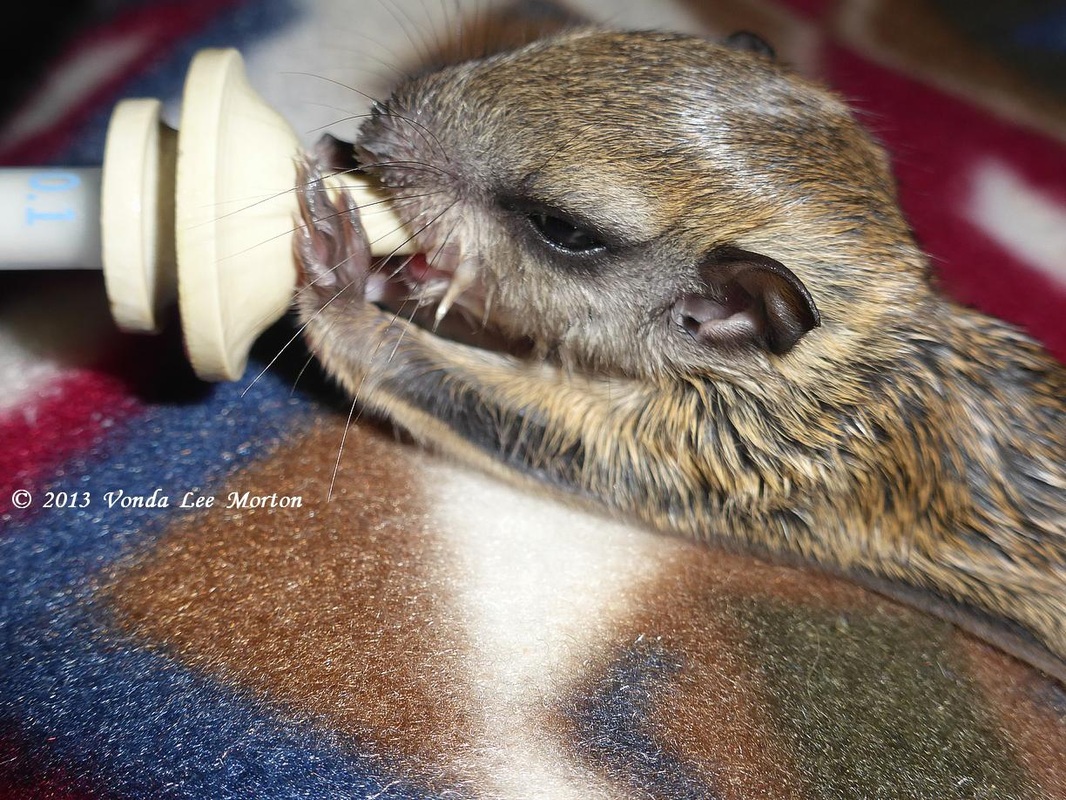
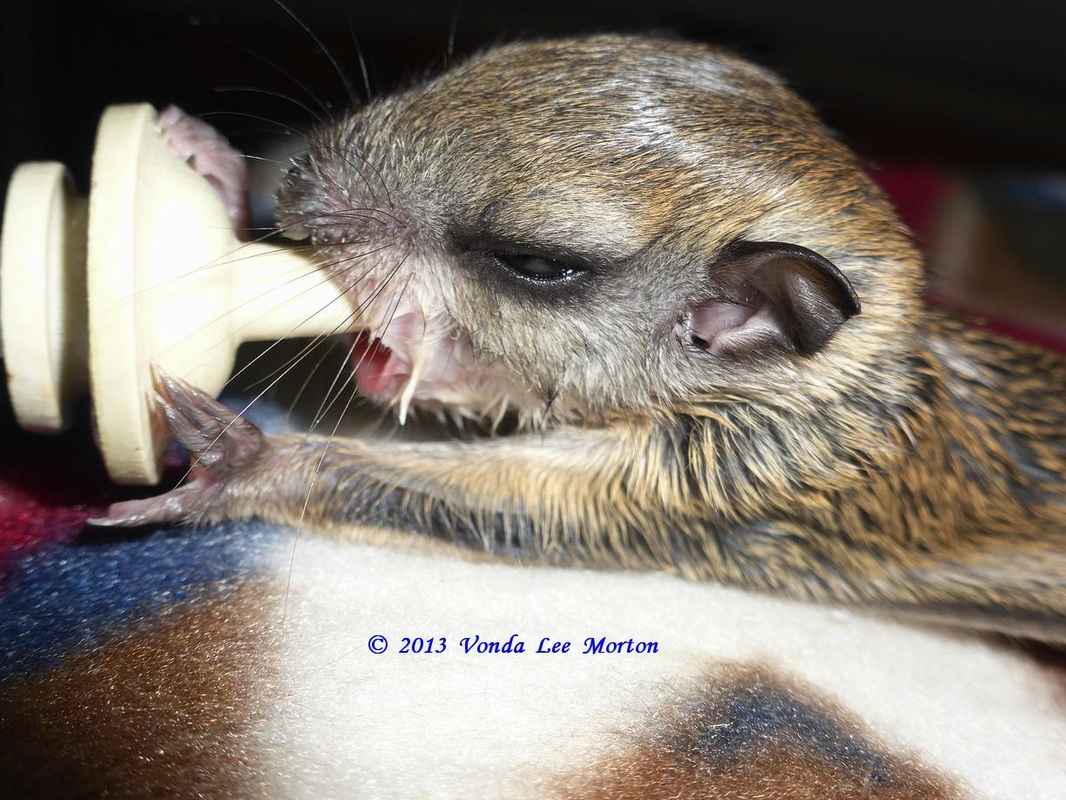
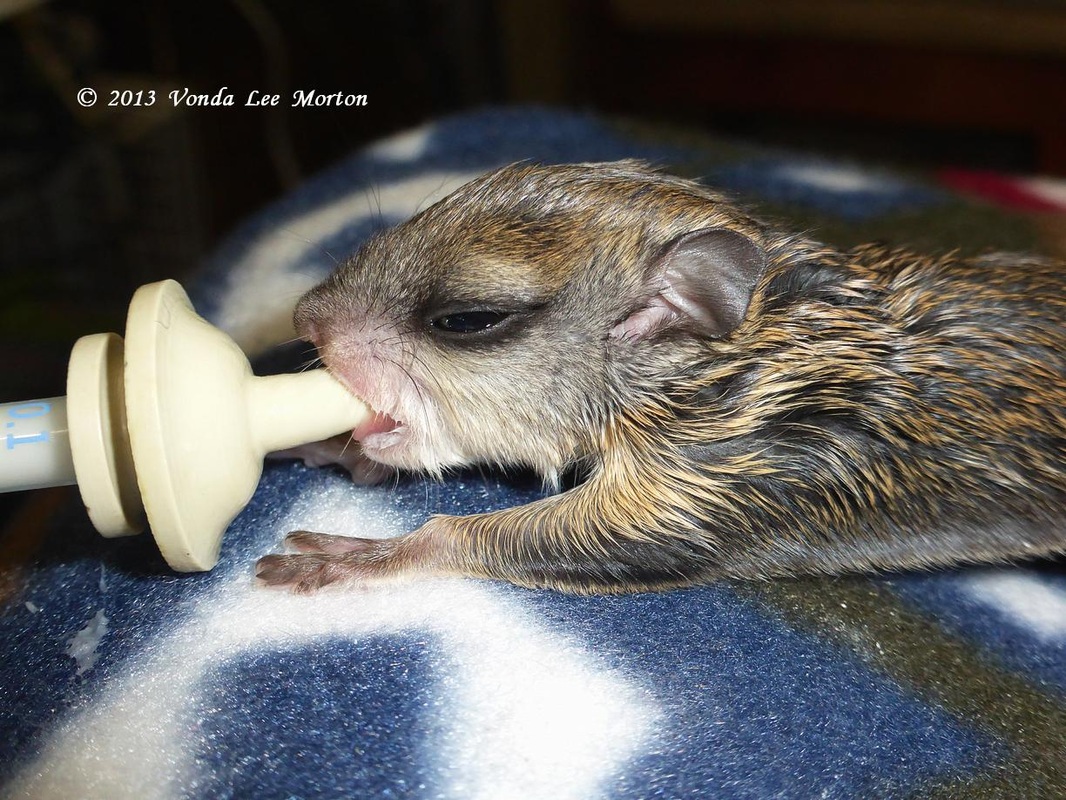
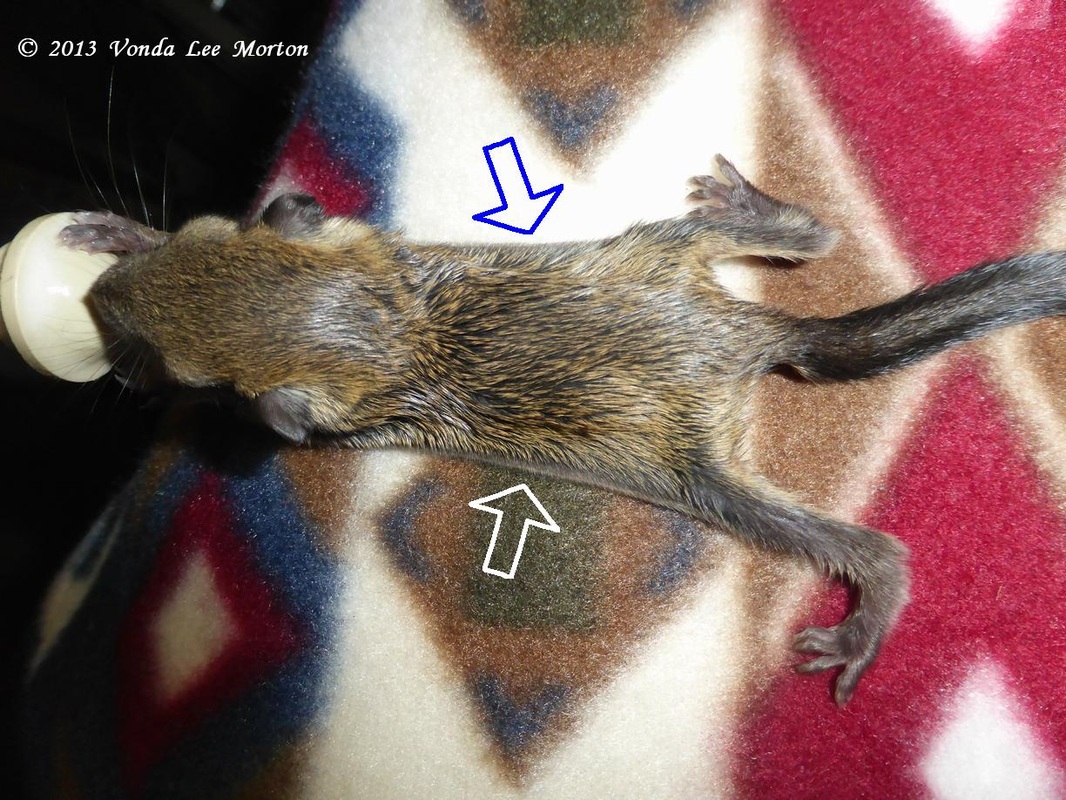
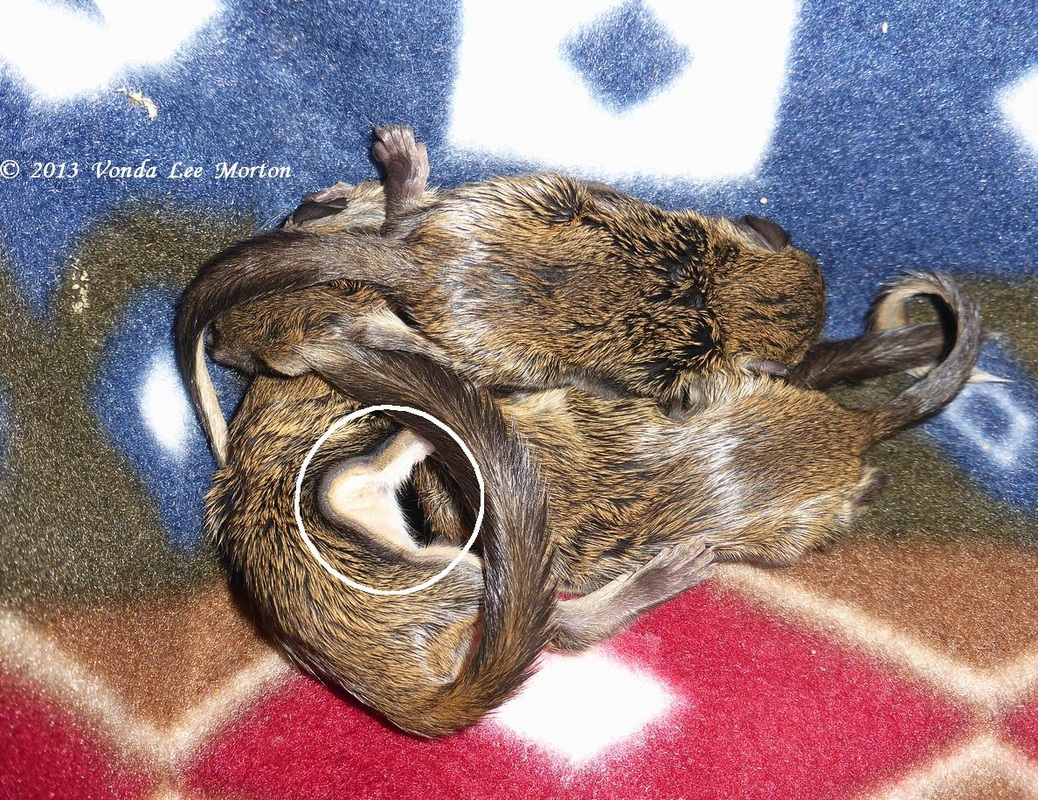
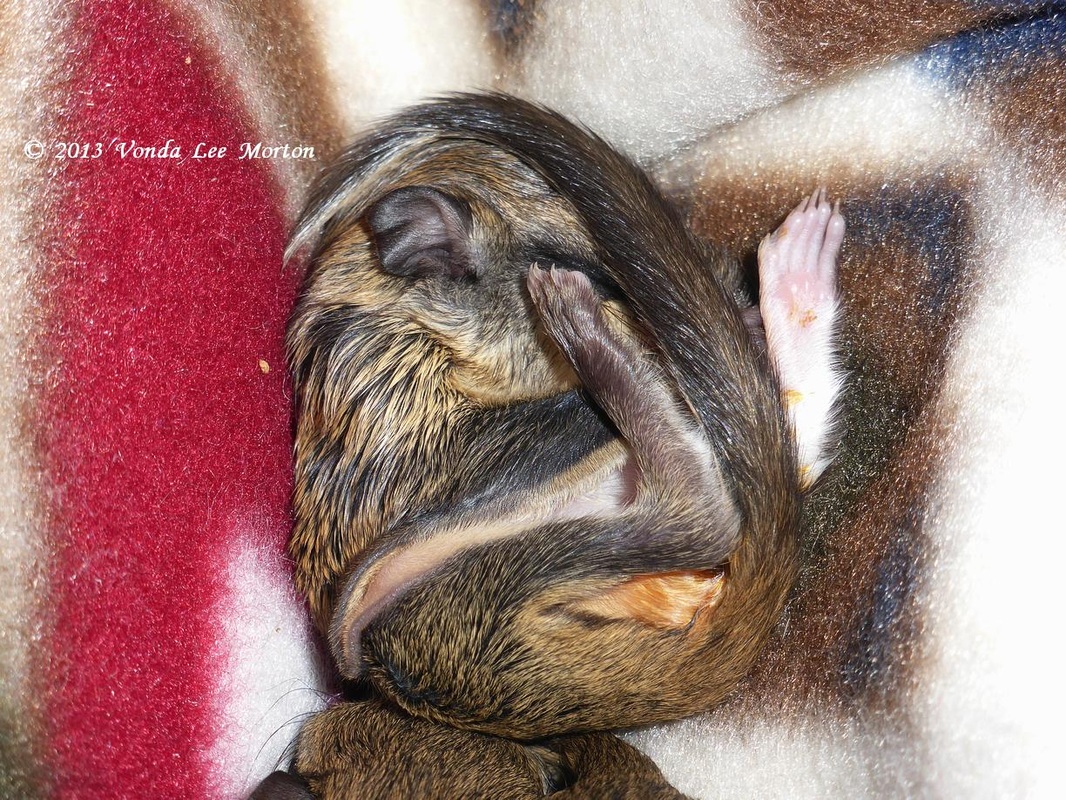
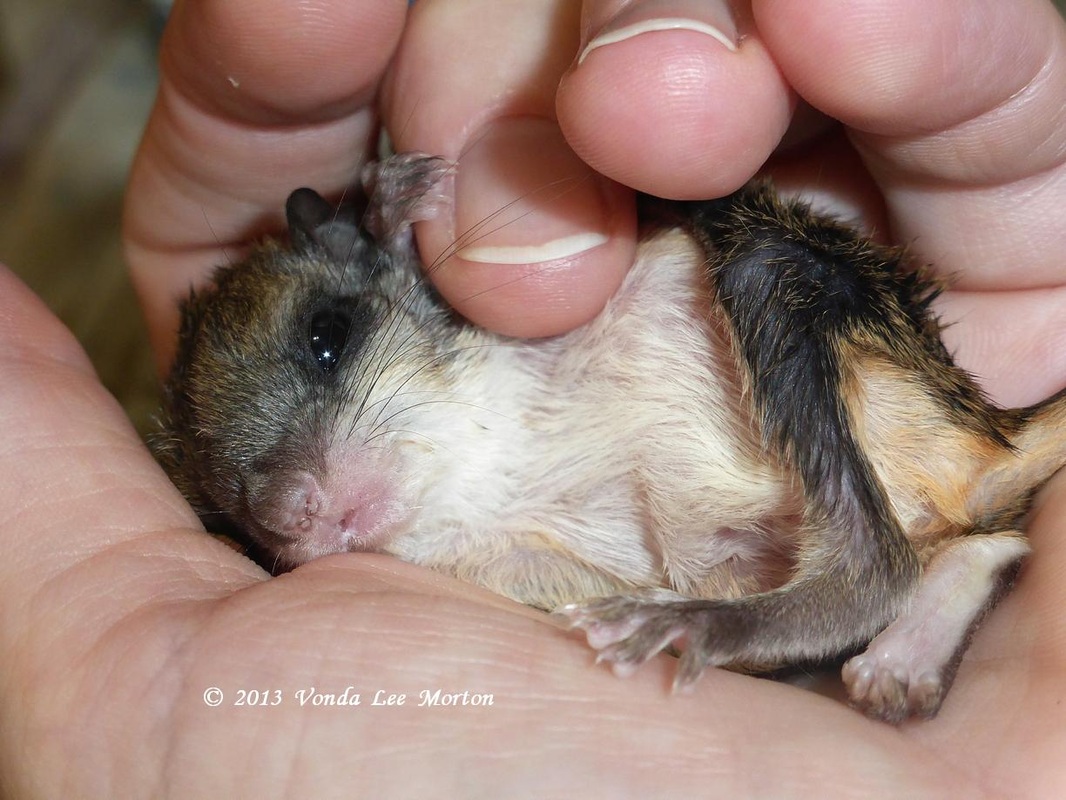

 RSS Feed
RSS Feed
